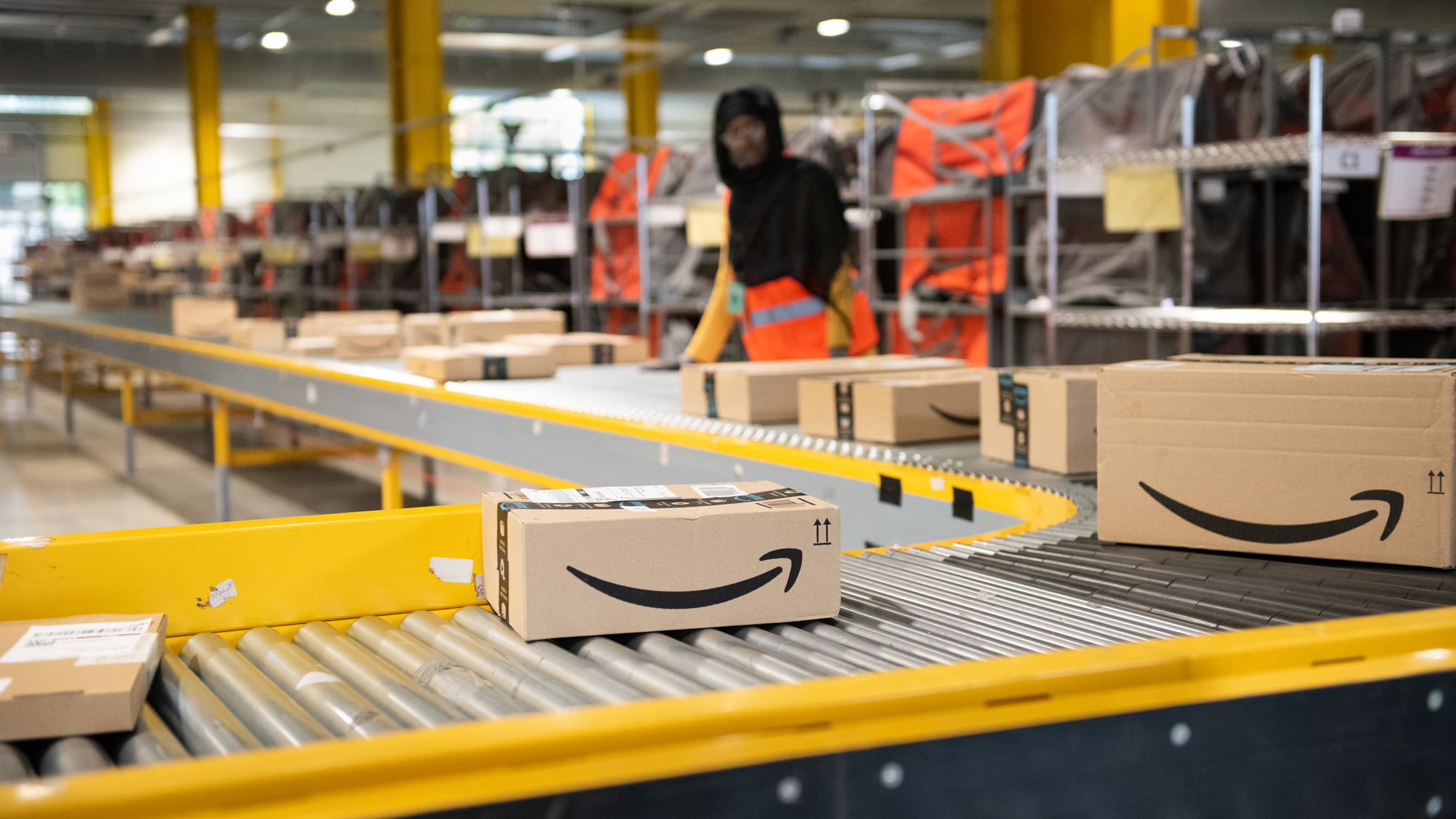Vietnam is one of the world’s largest exporters of textiles and garments. But the $35-billion worth of made-in-Vietnam textiles exported to international markets are sold without their own brands.
In an effort to help local apparel brands and garment manufacturers promote their brands, Amazon and the Vietnam Textile and Apparel Association (Vitas) agreed to a brand development program, positioning Vietnamese brands in the global market and boosting their sales.
According to Amazon, the world’s largest e-commerce retailer, the global direct selling scheme aims to have 30 world-class Vietnamese textile brands in the next nine years, reads a new report from Hanoi Times.
With a young and talented workforce plus a strong tech-savvy population, Vietnam has the potential to develop a successful cross-border e-commerce industry.
Bernard Tay, Director at Amazon Global Selling in Southeast Asia, said that the retail platform will continue to invest in smart technologies and solutions that will support the sales of Vietnamese brands as they enter the competitive global marketplace.

Through Amazon, Vietnamese textile brands would be able to reach over 300 million customers in 185 countries and territories.
The e-commerce giant has been in close collaboration with Vietnam’s trade ministry for years, as well as with local manufacturers and enterprises. However, since cross-border sales require direct interaction between sellers and buyers, Amazon said Vietnamese vendors need to overcome language barriers.
Switching from business-to-business, which Vietnamese manufacturers are accustomed to, into business-to-consumer, will also be a challenge, said an Amazon representative.
When Amazon first entered Vietnam in 2018, it initiated programs for local small- and medium-sized enterprises to improve their branding skills, and on how to fully take advantage of the Amazon system to reach more customers. It also launched a Vietnamese version of its sellers’ information center in late 2020.
Amazon, e-commerce platforms boosting exports
Many Vietnamese firms and manufacturers have reported higher sales after launching their products in major e-commerce platforms like Amazon and Alibaba. These platforms offer vast opportunities for companies, especially SMEs, to reach bigger markets, and increase revenue.
Currently, there are over 100,000 Vietnamese sellers on Amazon, selling fashion and household goods.
Gijae Seong, Manager of Amazon Global Selling Vietnam, said that an increasing number of Vietnamese products are put up for sale on the platform, particularly household appliances, fashion accessories, and kitchen utensils, among others. They are favoured by foreign consumers thanks to their good quality and competitive prices, reported Vietnam Plus.

Amazon is also continuously working with local makers of face masks, gloves and protective clothing, which has become globally in demand due to the COVID-19 pandemic. Vietnam’s manufacturers exported almost 1.2 billion masks through December 2020 to North America, Europe and around Asia.
Before the pandemic, the most popular items sold by Vietnamese sellers include paper flowers and bamboo baskets.
Other made-in-Vietnam goods available on Amazon include Vietnamese coffee filters, pots and pans, coffee, and even traditional hand-made brooms.
With traditional Vietnamese products already popular and in-demand on e-commerce sites, experts said sellers should focus on their products’ values, not on pricing. Improving customer’s experience and packaging are also important factors Vietnamese brands should carefully consider to capture and retain international customers.
